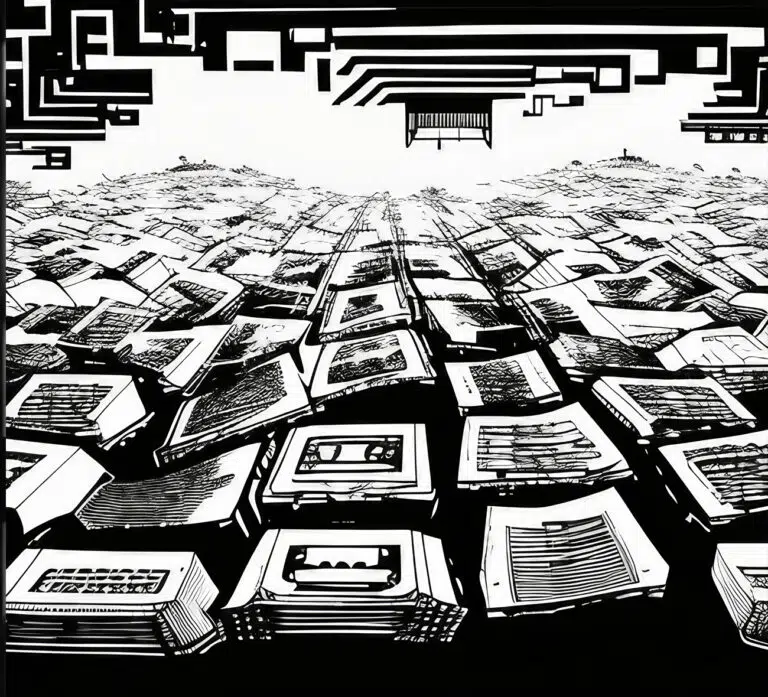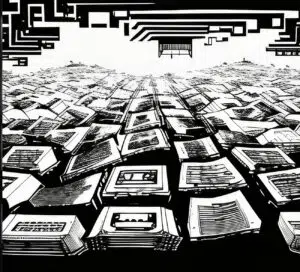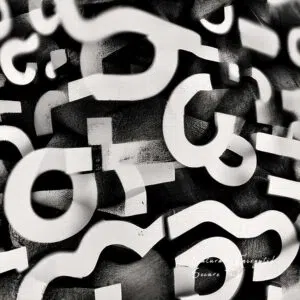When it comes to cyber security, AES is one of those acronyms that you see popping up everywhere. That’s because it has become the global standard of encryption and it is used to keep a significant amount of our communications safe. The Advanced Encryption Standard (AES) is a fast and secure form of encryption that keeps prying eyes away from our data. We see it in messaging apps like WhatsApp and Signal, programs like VeraCrypt and WinZip, in a range of hardware and a variety of other technologies that we use all of the time.
There have been several other theoretical attacks, but under current technology they would still take billions of years to crack. This means that AES itself is essentially unbreakable at the moment.
The earliest types of encryption were simple, using techniques like changing each letter in a sentence to the one that comes after it in the alphabet. Under this kind of code, the previous sentence becomes:
As you can see, this simple code makes it completely unreadable. Despite the initial unreadability, if you had the time and knew it was a code and not just a bunch of characters spewed onto the page, it wouldn’t be too difficult to eventually figure out. As people got better at cracking codes, the encryption had to become more sophisticated so that the messages could be kept secret. This arms race of coming up with more sophisticated methods while others poured their efforts into breaking them led to increasingly complicated techniques, such as the Enigma machine. Its earliest designs can be traced back to a patent from the German inventor Arthur Scherbius in 1918.
The rise of electronic communication has also been a boon for encryption. In the 1970s, the US National Bureau of Standards (NBS) began searching for a standard means that could be used to encrypt sensitive government information. The result of their search was to adopt a symmetric key algorithm developed at IBM, which is now called the Data Encryption Standard (DES). The DES served its purpose relatively well for the next couple of decades, but in the nineties, some security concerns began to pop up. The DES only has a 56-bit key (compared to the maximum of 256-bit in AES, but we’ll get to that later), so as technology and cracking methods improved, attacks against it started to become more practical. The first DES encrypted message to be broken open was in 1997, by the DESCHALL Project in an RSA Security-sponsored competition.
The next year, the Electronic Frontier Foundation (EFF) built a DES cracker which could brute force a key in just over two days. In 1999, the EFF and the internet’s first computing collective, distributed.net, collaborated to get that time down to under 24 hours. Although these attacks were costly and impractical to mount, they began to show that the DES’s reign as the go-to encryption standard was coming to an end. With computing power exponentially increasing according to Moore’s law, it was only a matter of time until the DES could no longer be relied on.
The US government set out on a five year mission to evaluate a variety of different encryption methods in order to find a new standard that would be secure. The National Institute of Standards and Technology (NIST) announced that it had finally made its selection in late 2001. Their choice was a specific subset of the Rijndael block cipher, with a fixed block-size of 128-bits and key sizes of 128, 192 and 256-bits. It was developed by Joan Daemen and Vincent Rijmen, two cryptographers from Belgium. In May of 2002, AES was approved to become the US federal standard and quickly became the standard encryption algorithm for the rest of the world as well.






